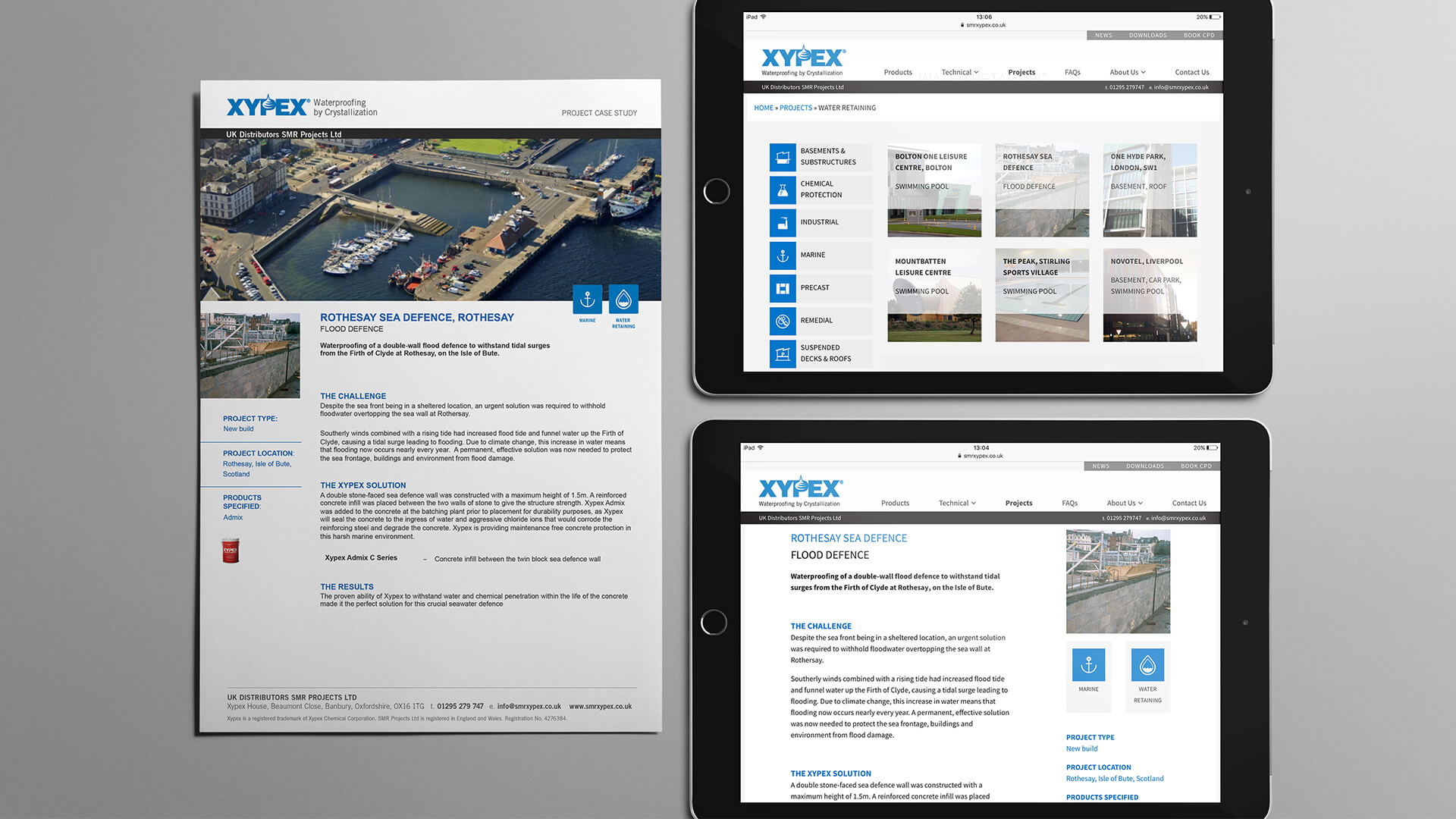Insights

Case studies - a key tool to sell your products or services
Case studies - a key tool to sell your products or services
Utilising case studies as a key tool to sell your product or service
Clearly setting out the story behind a project and highlighting what was achieved provides demonstrable evidence of your capabilities. Furthermore, this information can help remove barriers to purchase and show future clients what they can expect for themselves.
It’s all about telling a relatable story
Case studies should outline a project that you have delivered for a client or organisation.
Telling the story behind a service provided, a product developed, a design created, goods delivered, or a process implemented and improved upon is what it’s all about.
Explaining exactly what the client was looking for and how and what your business did for them is crucial.
Conveying the capabilities of your business using real-life examples makes case studies compelling. Demonstrating that your business can deliver exactly what you say it can. Providing clients with evidence that you have helped organisations in a similar sector, corporation type, project or scale of business is incredibly powerful.
Getting to the crux of the matter
No matter what the subject of the case study, getting to the heart of the story succinctly is vital. Backing this up with key facts, figures and positive outcomes demonstrates tangible benefits that your business can bring.
What is the advantage that your organisation can provide? Readers want to quickly understand the essence of what your company did, to establish what’s in it for them. Ensuring information is communicated succinctly will enable your audience to divine all the essential facts at a glance.
Key information to consider including
As with the telling of any good story, it’s all about getting across the what, why, when, where and how. Fleshing out these factors will help structure the case study content.

What? - by outlining exactly what the problems were that your business helped to solve, you are signifying how you could help other businesses with similar challenges.
- What were the biggest issues that faced your client?
- What factors impacted your client the most? For example loss of money, time pressures, process constraints, personnel or knowledge gaps.

Why? - the specific circumstances that created a need for the product or service will resonate with your audience.
Why were the conditions right for your business to get involved? Why was your business selected as a supplier?

When? - there may be time constraints or specific industry or sector events that brought challenges pertinent to the project. Make clear any pressure points or relevant timings that potential clients may identify. These might include a seasonal calendar specific to the sector or industry milestones.
Things to consider:
- Was there something significant about the timing of the project?
- Were the time constraints exceptional or pertinent?
- Did the project tie-in with events of note? For example, legislative changes, geographical factors, sector or industry-led benchmarks.

Where? - the project geography, or its reach, may be of interest to your audience and a factor that they identify with.
Is there something significant about the location of the organisation you helped, or the project delivered?
What was the geographical reach of the project?

How? - detailing the project process chronicles more than the specifics of what happened. How the project was approached, organised and delivered describes the extent of expertise provided and level of professionalism. It also gives an insight into your business culture and the nature of your organisation.
This information is an essential part of your business pitch. It will communicate the benefits of purchasing your product or service.
Clearly and concisely outline what your business did to help, the nature of delivery, the processes involved and outcomes achieved.

Championing your internal team - this is an opportunity to introduce your team, as well as the standard and breadth of expertise within your organisation. Who made the project happen and why was this important to the success of the delivery and outcome? Was the whole business involved, or did specific teams or individuals contribute?
Interaction with your client’s personnel - indicating how you liaised with internal departments within your client’s business will speak volumes about your approach to project management. Similarly, identifying which divisions or individuals commissioned the work and were involved will help build a clearer picture. Understanding who was influential in the project client-side signals the level at which your business operates.
Collaborators and external contributors - if you worked with external partners in the delivery of the project, consider including this too. Demonstrating the wider network that your business can tap into shows that you have the ability and connections to pull in additional resource should the need arise.
Create a simple, easy format
Communicating how your business can benefit others is key in a simple and easy to follow format is important for two reasons:
- It enables the reader to get to the key facts quickly and easily requires less effort from your audience. This means they are more likely to read future case studies from you and, even better, check back for more.
- Authoring new case studies will become second nature to you and your team if they follow a format that is well structured with good flow. This will provide regular, fresh content for your website, newsletters and marketing strategy.

 |



